Do you quilt? Have you ever considered making a cat-theme quilt? If so, you are in luck, as you can find several choices of cat quilt patterns online.
For additional help, look on YouTube. In this post, I will include a couple of YouTube videos on making such a quilt. You may find them helpful.
If you want to create a cat quilt, you must first decide on the cat design you want to use. By practicing your cat drawing abilities, you can improve your artistic skills.
Start By Observing A Real Cat
If you want to draw cats, start by observing the real thing. Cats’ bodies have different proportions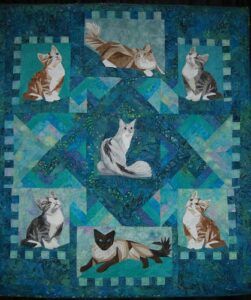 than dogs, and all their muscle groups do not match those of humans. Therefore, study the skeleton, paying special attention to the spine.
than dogs, and all their muscle groups do not match those of humans. Therefore, study the skeleton, paying special attention to the spine.
Though cats have a great deal of flexibility, they also have their limits. Study the muscles and how they sit on the bones. Though you can’t see them, they will dictate how the cat’s features and fur look. Have an understanding of what goes on under the cat’s skin.
How Do Cats Move?
Because cats move in ways we don’t expect, quick sketches that capture the movement and position are valuable. Use practice drawings to recreate that line of motion. Then find the position you like best.
What Is The Character Of The Cat?
For your drawing to turn into a great one, you need to capture the personality and convey it through the cat’s gestures and facial features. Different breeds can look very different. Think about your cat model’s character, and then try to capture that. For example, if the cat has a thin, sleek body, it will look elegant and poised. If the ears are very big, they can cause the cat to look a bit goofy.
Steps For Drawing A Cat
- Use photos for reference Using a photo will help you draw a realistic cat. These help when mimicking the cat’s body shape. On the other hand, if you want to draw a cartoon cat, look at work by other artists to see how they have stylized the feline form.
- Start With Simple Shapes Draw the major shapes of the cat. Start with the head, and break the cat’s body down into its simplest form. After the head, do the body, front legs, hind legs, and tail.
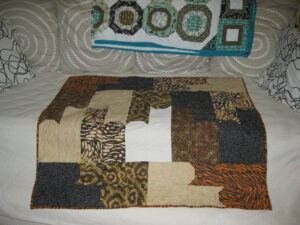 Break your subject matter down and then build it back up in a way that has meaning.
Break your subject matter down and then build it back up in a way that has meaning.
By simplifying the cat’s shape, you don’t have to worry about complex details — you can get the gesture and positioning right. You need to mark where the limbs and joints are, and also the tail. It’s not just the shapes, but also how they
connect with each other.
3. Refine the lines of the drawing Once you have completed the basic shapes, then you can adjust the lines so you have a clear, simple cat shape. Use these pointers: The cat’s ears normally stand up, and have a kind of triangle shape. The muzzle is diamond-shaped. The paws are usually rather small. Since cats aren’t very muscular, they are somewhat soft- bodied.
4. Time For Detail And Color Add finishing touches to facial details, such as eyes, whiskers, and markings. Then layer in some color. Remember to make the cat’s pupils slit-shaped. With small pupils, they look more like straight vertical lines. Larger pupils have a more rounded shape.
Add shading to give your drawing more life and interest. Shading will give the drawing personality.
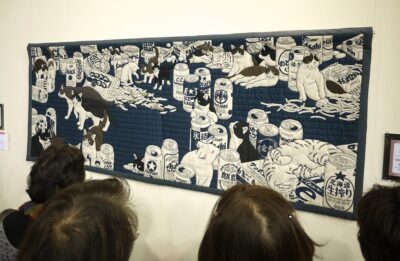
Final Drawing Tips For Felines
1) Work on the expressive details
Use ears, tail, and posture to show the cat’s mood and attitude. Tails in particular become important because the cat has a very expressive tail. They don’t just wag their tail, but they talk with it.
Position of tail and ears can tell you a lot about the cat’s mood. For example, a cat with its tail straight up in the air expresses confidence and contentment. If the cat has its ears pressed flat to its head, it may be angry or scared.
Besides using the cat’s body language to give it personality and express mood, you can also use the 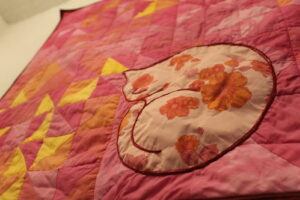 markings on the cat’s face to express emotion.
markings on the cat’s face to express emotion.
2) Select your details
Don’t try to draw in every strand of fur, because then your drawing would be too busy and hard for the viewer to understand. Think about detail placement. Perhaps your reference photo shows fur going in all directions. Select which detail to use so your drawing will still look good.
Create just a few small lines to give a hint at individual fur strands. Shading some sections can help add fur texture. In this way, you simplify your drawing. You will give the viewer a better sense of the cat’s shape and physical appearance.
3) Add dimensions to the drawing
Check out the markings and patterns of your cat. You need to draw these so they look realistic. For example, if the cat has tabby markings, you can’t just draw its stripes straight down. Remember that the cat’s body curves, and curve your stripes around the body as well as around the fur.
Just remember when you draw to try to capture the animal’s “cattitude,” so your drawing reflects personality.
Where Can I Find Quilt Patterns?
Start by searching online. You will find a number of tutorials ranging from those for the beginner to more complicated patterns. These may give you just the project you want.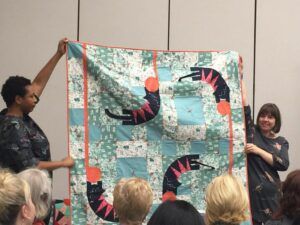
I looked at a site called scrapish.com and found a great tutorial for a cat quilt block pattern.
This tutorial looks quite simple to use, and you can create a sweet quilt with these cat blocks. This one gives you one of my choices for a tutorial.
Also, if you like learning from videos, you will find several on making a cat quilt. Look through them to see if you find a pattern you like. I am including one video with this post, to give you an example. The collection may furnish you with one that you prefer.
Cars are such expressive animals. You can create a really fun quilt by using the cat as your subject. Make yourself a lasting reminder of a cat you love, and keep the quilt forever as a reminder of your furry friend.
References I used for this post:

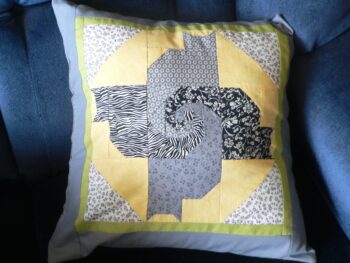
Love this post, Fran. A very nice idea to make a kitty quilt, whether a photo/drawing of your own cat or cats in general.
Oh, so glad you liked it, Annie! Yes, there are lots of quilters out there, and I’m sure some of them will like this idea. I wouldn’t mind having one, my own self.